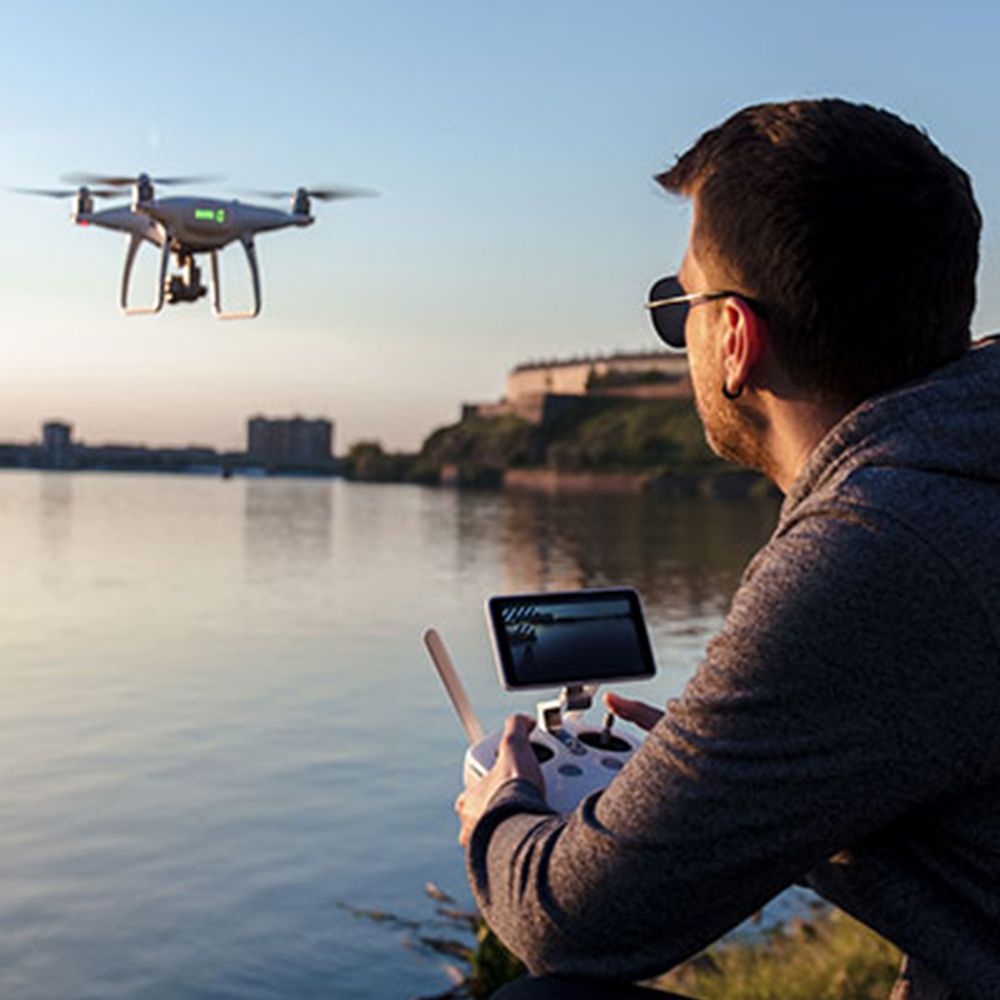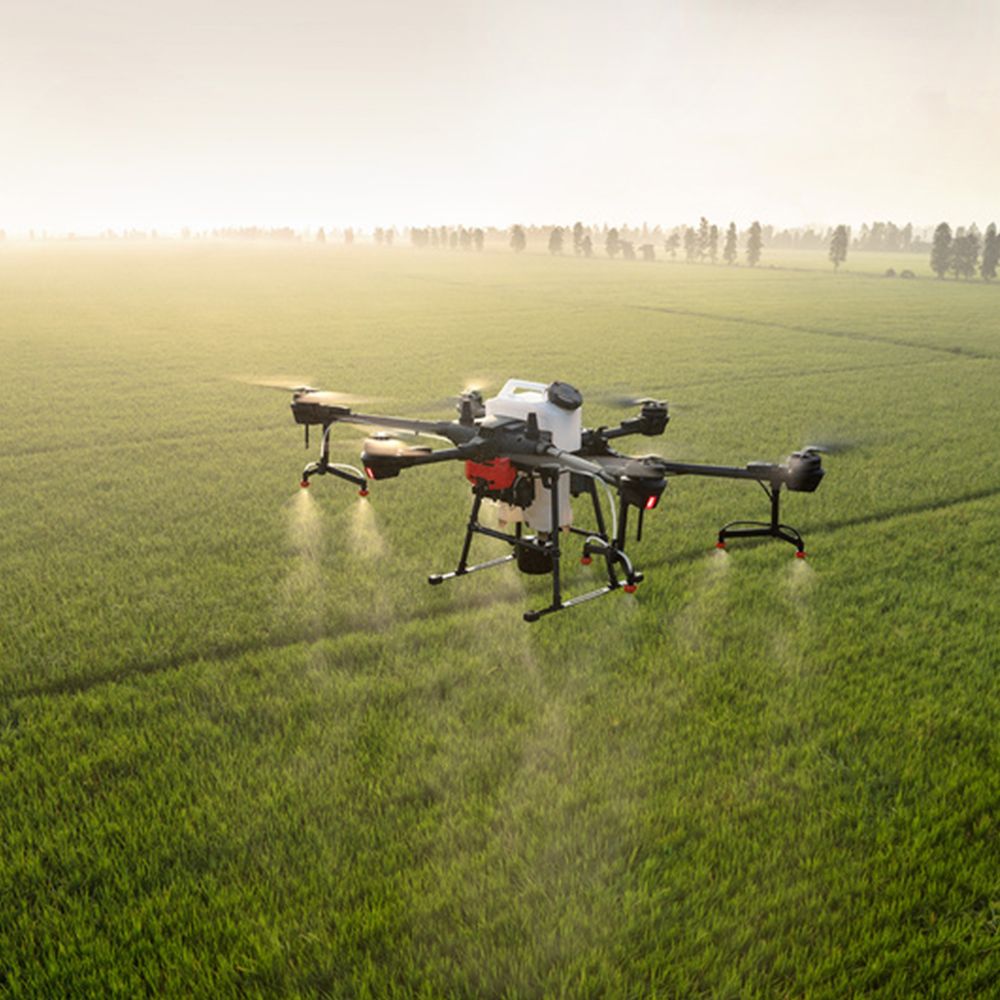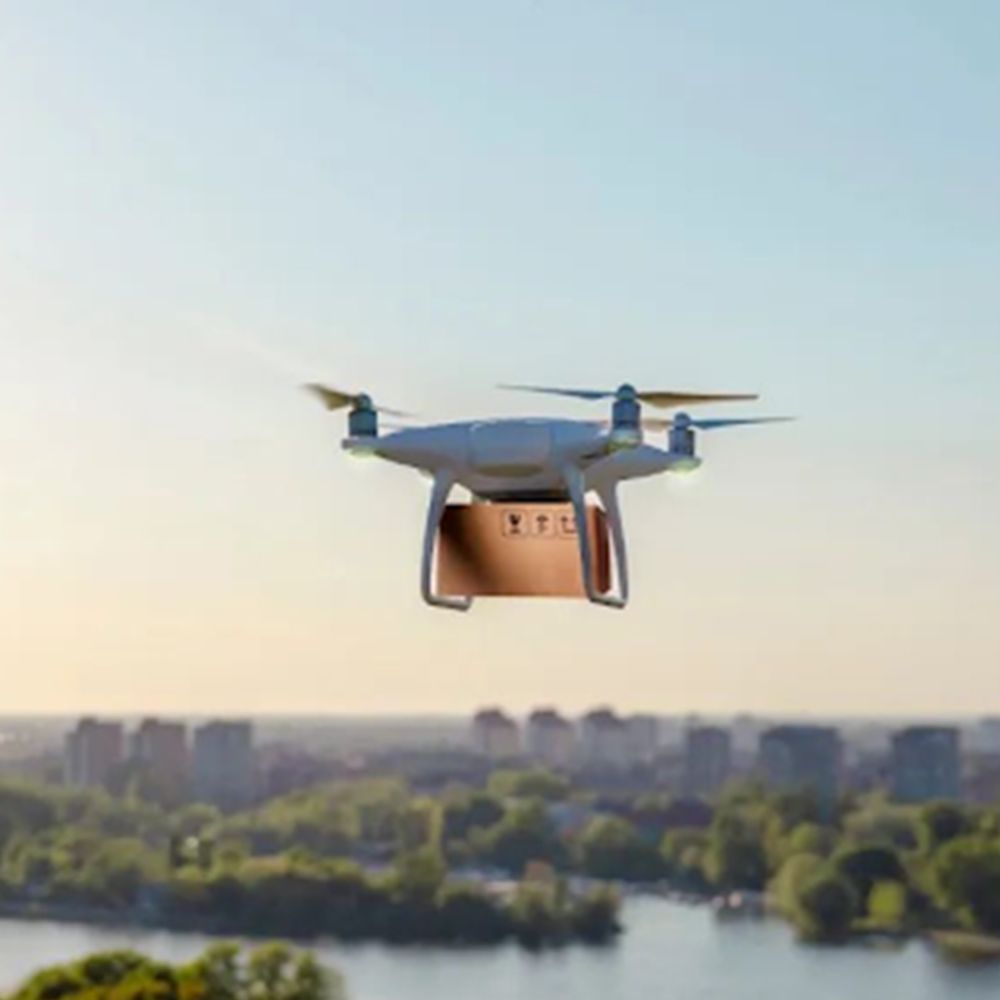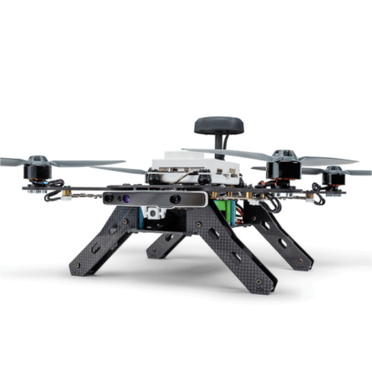En los últimos años, los drones han revolucionado la forma en que capturamos imágenes y videos desde el cielo. Proporcionan perspectivas únicas que antes solo eran posibles con equipos costosos como helicópteros y grúas. Ya sea que sea un aficionado que busca capturar paisajes impresionantes o un fotógrafo profesional que busca mejorar su portafolio, elegir el dron adecuado para la fotografía aérea es crucial. En esta publicación del blog, exploraremos los factores clave a considerar al seleccionar un dron para fotografía, junto con algunos de los mejores modelos disponibles actualmente.
Entendiendo sus necesidades
Antes de profundizar en las especificaciones técnicas, es fundamental determinar el propósito principal para el que utilizará un dron. ¿Quiere capturar paisajes impresionantes, documentar eventos o crear videos promocionales para empresas? Comprender sus necesidades lo ayudará a reducir sus opciones.
Tipos de drones para fotografía
La mayoría de los drones de fotografía se dividen en dos categorías: drones de consumo y drones de nivel profesional.
- Drones de consumo Suelen ser más asequibles y fáciles de usar, lo que las hace ideales para principiantes y fotógrafos ocasionales. Suelen venir equipadas con cámaras decentes y funciones esenciales.
- Drones de calidad profesional Ofrecen funciones avanzadas, calidad de cámara superior y tiempos de vuelo más prolongados, lo que las hace adecuadas para fotógrafos y cineastas serios.
Características clave a tener en cuenta
Al seleccionar un dron para fotografía aérea, tenga en cuenta las siguientes características:
1. Calidad de la cámara
La cámara es posiblemente el aspecto más importante de un dron fotográfico. Busque drones que ofrezcan:
- Resolución alta:Se recomienda un mínimo de 12 megapíxeles para capturar imágenes nítidas. Muchos drones modernos ofrecen ahora 20 megapíxeles o más.
- Capacidades de video:Si planea grabar videos, asegúrese de que el dron pueda grabar al menos con una resolución de 4K. Este se está convirtiendo en el estándar de la industria para contenido de video de alta calidad.
- Estabilización:Un estabilizador de tres ejes es esencial para estabilizar la cámara durante el vuelo. Esta característica garantiza una filmación fluida, incluso en condiciones de viento.
2. Tiempo de vuelo
La duración de la batería es un factor crucial a la hora de capturar imágenes aéreas. Busque drones que ofrezcan al menos 30 minutos de tiempo de vuelo por carga. Los tiempos de vuelo más prolongados le permiten capturar más imágenes sin la necesidad de aterrizar y recargar con frecuencia. Además, considere invertir en baterías adicionales para extender sus sesiones de vuelo.
3. Alcance y conectividad
El alcance de tu dron determina la distancia a la que puede volar desde el controlador manteniendo una conexión estable. Para la fotografía, un alcance mayor puede ser beneficioso, especialmente para capturar paisajes extensos. Asegúrate de que el dron tenga una conexión confiable para evitar perder el control durante el vuelo.
4. Características del vuelo
Los drones modernos vienen equipados con varios modos de vuelo inteligentes que pueden mejorar tu experiencia fotográfica. Busca características como:
- Modo Sígueme:Esto permite que el dron lo rastree y lo siga de forma autónoma, lo que hace más fácil capturar fotografías dinámicas sin control manual.
- Navegación por puntos de referencia:Establezca puntos específicos hacia los que vuele el dron, lo que permitirá obtener tomas precisas y repetibles.
- Evitar obstáculos:Los drones con sensores que detectan y evitan obstáculos pueden ayudar a prevenir accidentes, especialmente para los pilotos novatos.
5. Portabilidad
Si planeas viajar con tu dron, ten en cuenta su tamaño y peso. Los drones compactos y livianos son más fáciles de transportar y caben en una bolsa para cámara o una mochila. Muchos modelos populares, como la serie DJI Mavic, están diseñados teniendo en cuenta la portabilidad.






